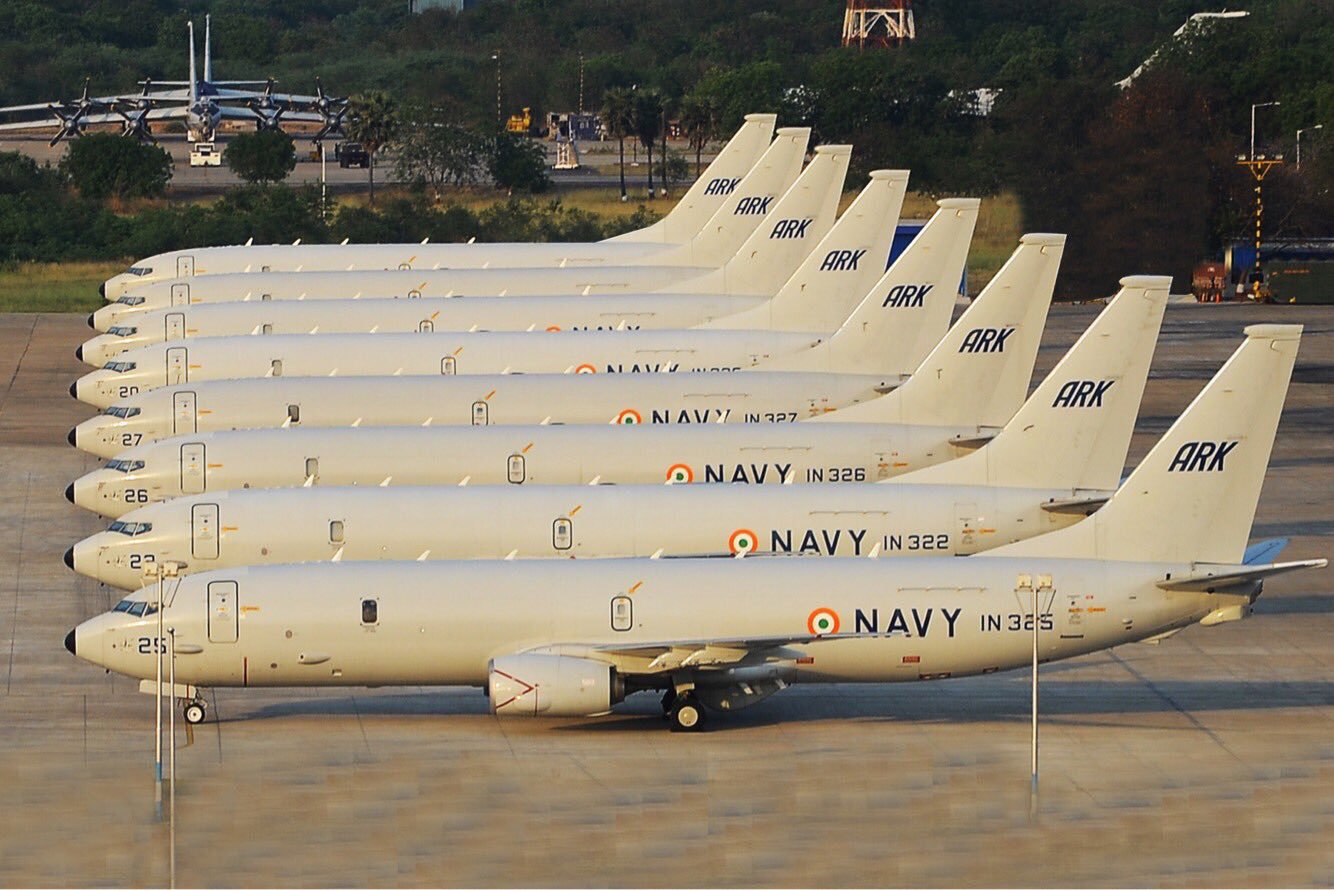SOURCE: IDRW.ORG


In a significant development for India’s maritime security capabilities, the Indian Ministry of Defence (MoD) is reportedly on the verge of clearing a long-pending deal for the procurement of six additional Boeing P-8I maritime patrol aircraft.
This decision comes after sustained diplomatic pressure from the Trump administration, which has been pushing India to increase its purchases of US-made defense equipment as part of a broader strategy to strengthen bilateral defense ties and counterbalance China’s growing influence in the Indo-Pacific region. The deal, initially cleared by the US nearly four years ago, had been delayed due to concerns over escalating costs but is now moving forward, driven by strategic imperatives and the Indian Navy’s operational needs.
The P-8I, a variant of the US Navy’s P-8A Poseidon, is a long-range, multi-mission maritime patrol aircraft designed for anti-submarine warfare (ASW), anti-surface warfare (ASuW), and intelligence, surveillance, and reconnaissance (ISR) missions. The Indian Navy currently operates a fleet of 12 P-8I aircraft, inducted in two phases: eight under a $2.1 billion deal signed in 2009, and an additional four under a $1.1 billion contract in 2016. These aircraft, based at INS Rajali in Tamil Nadu, have become the backbone of India’s maritime surveillance and reconnaissance operations, particularly in the strategically vital Indian Ocean Region (IOR).
The Indian Navy has long expressed a requirement for a total of 18 P-8I aircraft to effectively monitor the vast expanse of the IOR, where maritime threats, including the growing presence of Chinese naval assets, are on the rise. The Navy’s need for additional aircraft became more pressing following the retirement of its aging fleet of Soviet-era Ilyushin Il-38 maritime patrol aircraft, leaving the P-8I as the sole platform for long-range maritime surveillance.
The Trump administration has been a vocal advocate for increasing US defense exports to India, viewing New Delhi as a key strategic partner in countering China’s expanding naval footprint in the Indo-Pacific. The US has already supplied India with over $25 billion worth of military equipment since 2007, including platforms like the P-8I, MH-60R Seahawk helicopters, and C-130J Super Hercules aircraft. The push for additional P-8I sales is part of a broader US strategy to deepen defense-industrial cooperation with India, including co-production deals and technology transfers, while ensuring that American weapons remain competitive in India’s defense market.
The US State Department approved the potential sale of six additional P-8I aircraft, along with related equipment, for an estimated $2.42 billion in May 2021. However, the deal remained stalled due to India’s concerns over the rising unit cost of the aircraft, which had increased significantly compared to earlier contracts, as well as budgetary constraints within the MoD. The delay also reflected India’s efforts to balance its defense procurement priorities, including investments in indigenous platforms and diversification of suppliers.
Recent reports indicate that the MoD is now likely to greenlight the deal, driven by a combination of operational necessities and diplomatic pressures. The Indian Navy has been vocal about the strategic necessity of acquiring additional P-8I aircraft, emphasizing their critical role in maintaining maritime domain awareness in the IOR. The P-8I’s advanced sensors, including the Raytheon APY-10 surveillance radar, Telephonics APS-143 OceanEye aft radar, and magnetic anomaly detector (MAD), enable it to detect, track, and engage submarines and surface vessels, making it indispensable for countering the growing Chinese naval presence in the region.
NOTE : Article cannot be reproduced without written permission of idrw.org in any form even for YouTube Videos to avoid Copy right strikes. Websites doing illegal reproductions will get DMCA and Legal Notices.